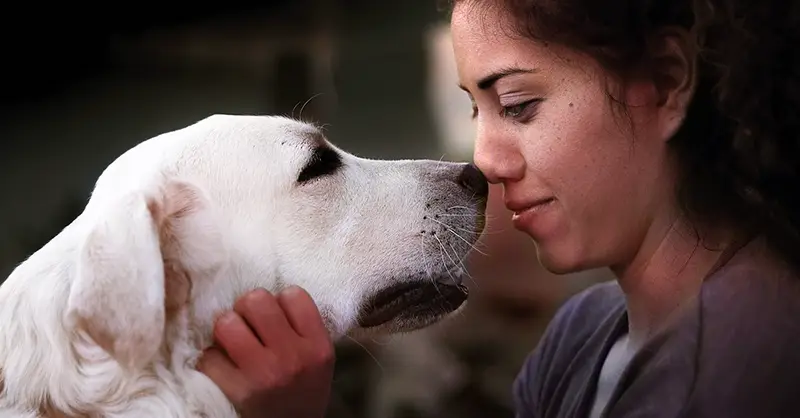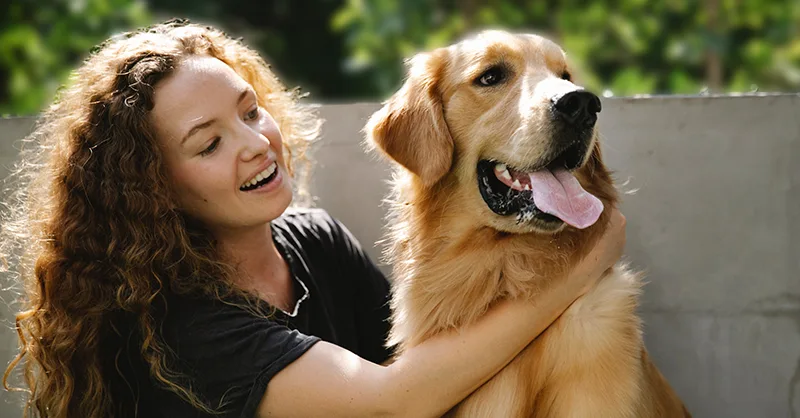Home Page › Blog › Why You Should Spay and Neuter Your Pets
Why You Should Spay and Neuter Your Pets

Owning a pet is a rewarding experience that comes with an array of responsibilities, including safeguarding their health and wellbeing. One pivotal, often discussed aspect of conscientious pet ownership is deciding whether to spay or neuter your furry friend.
This comprehensive guide seeks to unfold the significance, pros, and cons of spaying and neutering, underpinned by expert and veterinarian insights, to assist pet owners in making an informed decision.
Table of contents
A Glimpse into Spaying and Neutering
Spaying and neutering refer to the surgical procedures performed by veterinarians to prevent pets from breeding. Simply put, spaying involves removing the reproductive organs of female pets, while neutering pertains to the males.
Beyond birth control, these procedures serve to protect pets from specific health issues and potentially modulate behavior. Veterinarians and animal welfare professionals overwhelmingly advocate for spaying and neutering, considering the encompassing health benefits and the collective social responsibility to manage pet populations effectively.
Advantages
Combatting Overpopulation: Uncontrolled breeding can exacerbate the issue of pet overpopulation, leading to saturated shelters and increased euthanasia rates. Just one pair of dogs and their offspring can theoretically produce 67,000 puppies in six years if not spayed or neutered.
This staggering arithmetic, juxtaposed against the limited capacity of shelters, potently illustrates the veritable tidal wave of consequences emanating from pet overpopulation.
Health Milestones: Spaying and neutering significantly reduce the risk of certain cancers and infections, contributing to a healthier, potentially longer life for pets. The health narratives spun around spaying and neutering are not mere veterinarian folklore.
Spayed females may circumvent severe conditions like pyometra and mammary cancer. Moreover, their neutered male counterparts may sidestep potential pitfalls like testicular cancer. There is statistical evidence that spayed and neutered pets live longer.
Behavioral Impact: Have you ever tried pacifying an unneutered tom cat, serenading the neighborhood with nocturnal yowls, or consoling a dog in heat? Neutering curtails male pets’ roving tendencies and interspecies aggression, while spaying nullifies the periodic behavioral and physical distress of female pets in heat. Alleviating mating-driven behaviors, such as aggression, yowling, and marking territory, can contribute to a more peaceful coexistence with pets.

Potential Downsides and Rebuttals
Surgical Risks: Although inherent in all surgeries, risks like infection or anesthesia complications are minimal and vastly outweighed by the benefits when conducted by proficient veterinarians.
Weight Management: Post-procedure weight gain can be mitigated effectively with a balanced diet and regular exercise.
Affordability: Despite potential upfront costs, many clinics and organizations provide cost-effective options, enabling wider access to these essential procedures. Considering pet insurance or setting aside funds for post-operative care ensures you’re financially prepared for the procedure and any unforeseen complications.
Factors to Weigh Before Proceeding
Age and Health Assessment: Your vet will guide you on the optimal age and ensure your pet is in conducive health for the procedure. Some research suggests that the timing of spaying or neutering may have implications for a dog’s behavior and development. Owners may want to observe their dog’s behavior and discuss it with a vet before deciding on the procedure timing.
Post-Procedure Care: Ensure you’re equipped to provide the necessary attention and care during your pet’s recovery phase.
Choosing a Veterinarian: Opt for a veterinarian who resonates with your expectations in terms of experience, facilities, and approachability.
Other Considerations
Temperament: Some owners might worry about changes in their pet’s personality post-procedure. Typically, spaying and neutering can curb aggressive or roaming behaviors without altering the core personality of the pet.
Activity Level: It’s essential to note that while some animals might exhibit reduced activity levels after the procedure, regular exercise and an appropriate diet can mitigate this.
Physical Development: There are varying opinions on how spaying/neutering may impact a dog’s physical development. Some experts suggest that for certain breeds, waiting until physical maturity is beneficial.
Coat Changes: In some dogs, especially certain dog breeds, spaying/neutering can alter the texture and thickness of the coat, which might require adjustments in grooming routines.
Joint Health: Some studies suggest a correlation between neutering and an increased risk of certain orthopedic conditions in larger dog breeds.
Metabolic Rate: Spaying and neutering can slightly decrease a dog’s metabolic rate, which is worth considering when adjusting post-procedure nutrition and exercise.
Legal Requirements: In some regions, there might be laws or incentives in place concerning pet neutering to control stray populations.
Conclusion
Spaying and neutering are vital components of responsible pet ownership, balancing your pet’s health and contributing to the broader welfare of the animal community.
While some risks and considerations regarding the procedures should be acknowledged, the overwhelmingly positive outcomes and expert recommendations pave the way toward making an informed, conscientious decision. For more information and advice tailored to your particular pet, be sure to always consult with your veterinarian.
About the Author: The writing team at Service Dog Certifications is made up of folks who really know their stuff when it comes to disability laws and assistance animals. Many of our writers and editors have service dogs themselves and share insights from their own experiences. All of us have a passion for disability rights and animals.
Latest Posts

Can a Social Worker Write an ESA Letter?
Social workers are qualified to write an emotional support animal (ESA) letter. Here are the reasons why. The Legal Reason Social Workers Can Write ESA Letters Under HUD’s guidelines for emotional support animals, you must get an ESA letter from a licensed healthcare professional. The term “licensed healthcare professional” encompasses a wide variety of mental […]

Read More

Ohio Service Dog Requirements
You can bring a service dog almost anywhere where pets aren’t allowed in Ohio as long as you meet all the necessary requirements. The rights of service dog handlers in the Buckeye State are covered under federal and state laws. This guide will walk you through Ohio’s legal requirements for service dogs. Ohio Health Requirements […]

Read More

How to Bring a Service Dog to Disneyland
Trained service dogs are more than welcome to join their handlers at Disneyland. In this guide, we’ll explain Disneyland’s policies and give practical advice for bringing a service dog to Disneyland for the first time. Disneyland’s Service Dog Policies The Magic Kingdom is happy to welcome trained service dogs across most park locations! They kindly […]

Read More




